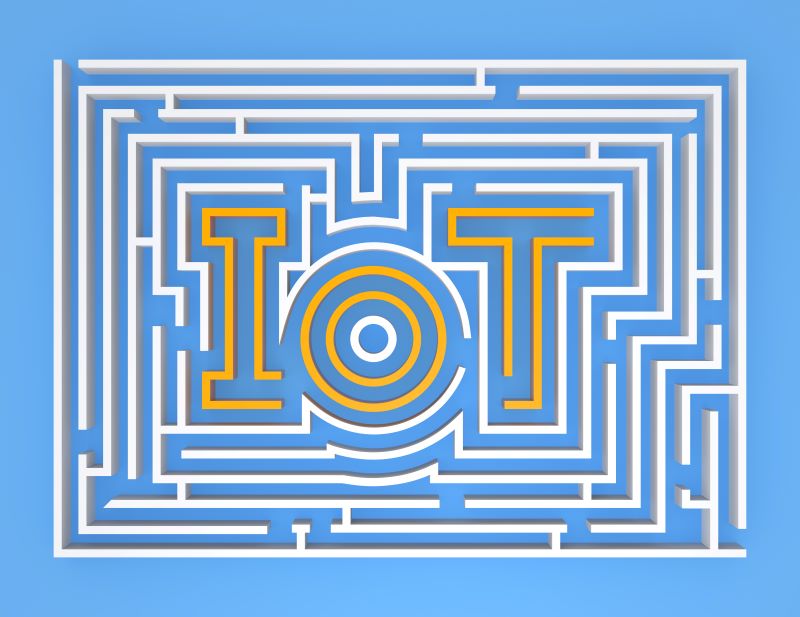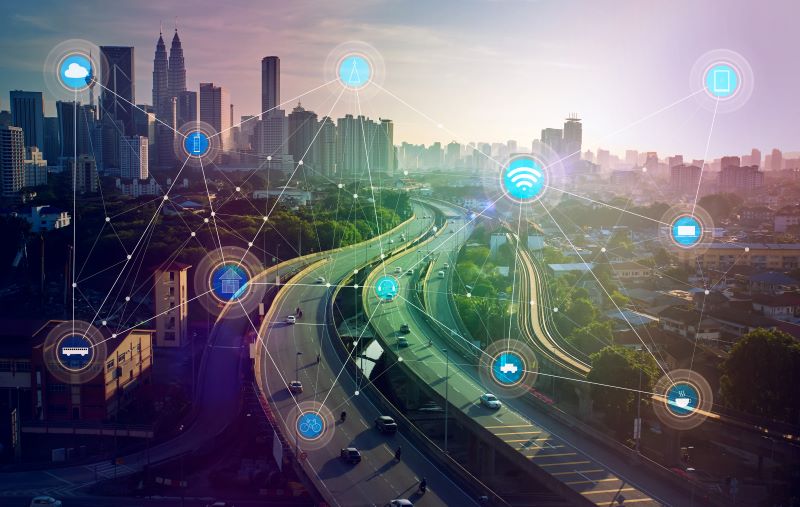The term “Internet of Things” is ambiguous, and the IoT abbreviation obscure. Nonetheless, both are bound to the lexicon of technology in 2023. Conversely, what is clear is that the IoT means the connection of anything to the Internet.

The Dawn of the IoT
One of the first examples of the IoT, as named, was a soda machine at Carnegie Mellon University in the early 1980s. Cleverly, using the ARPANET network, programmers wired a connection to the machine to see when drinks were available and cold.
By 1986, the Internet as we know it was coming together as a group of coordinated projects spurred on by The National Science Foundation Network (NSFNET). Moving along, 1989 brings the first commercial Internet service provider, and in ‘91, the World Wide Web is available to anyone with an Internet connection.
At a 1990 networking conference in San Jose, California, engineers John Romkey and Simon Hackett presented the first IoT device: a toaster. It was linked to a computer and connected to the Internet via TCP/IP networking. Impressively, through a patchwork of wires, they turned the Sunbeam on and off.
The “Internet of Things,” as it would later be known, was on.

Can You Spell IoT?
IoT invites a second glance. It may look like the word “lot” or the number one with an oT, depending on your font. Meanwhile, If you’re a worldly traveler, IOT is the acronym for Indian Ocean Territory.
The telephone was initially known as the “speaking telegraph,” so practical names evolve over time. Even so, the “Internet of Everything” is fast becoming the all-encompassing term that includes the IoT, although IoE also begs for a typo.
The term “Internet of Things” was coined by Procter & Gamble computer scientist Kevin Ashton in 1999. The genesis of his idea came via efforts to create a computer-controlled supply chain by placing (RFID) chips in company products. In the loftier scheme, it was shorthand for connecting the virtual and physical worlds.

Bring On the Things
Throughout the 1990s, devices began to appear that connected to the Internet, at least in theory. In 1994, the WearCam was developed to give bicyclists rearview visibility. Then, in 1998, the inTouch appeared on the market, an early form of virtual reality.
The LG Internet Digital Dios was released in 2000 as the first “Internet Refrigerator.” It featured an LCD and a LAN port and opened the doors to “smart” appliances that would proliferate year by year. Later, the Ring doorbell was developed (2011), becoming one of the most famous examples of the IoT in a household item, fully controllable from anywhere.
Also that year, Cisco IBSG released a white paper stating its theory about the dawn of the IoT. Using statistics from Forrester Research, the document states that the IoT was born in 2008 or 2009. Why? This was when the worldwide number of connected devices overtook the number of people (see graph).

According to Forrester, by 2010, the world population was approximately 6.8 billion, with 12.5 billion connected devices.
It was the dawn of a new age. If you had a smart device, you had complete access to it. The only problem with that? You weren’t the only one.
